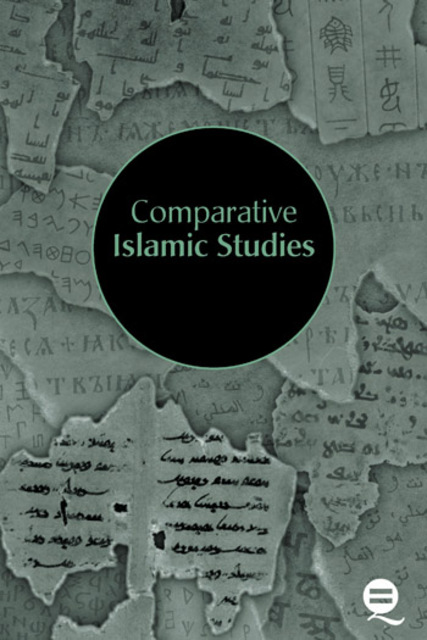Skip to main contentResource added 
Odors of Sanctity: Distinctions of the Holy in Early Christianity and Islam

How to Cite:
Thurlkill, M. F. (2007). Odors of Sanctity: Distinctions of the Holy in Early Christianity and Islam. Comparative Islamic Studies, 3(2), 133–144. https://doi.org/10.1558/cis.v3i2.133
Thurlkill, M. F. (2007). Odors of Sanctity: Distinctions of the Holy in Early Christianity and Islam. Comparative Islamic Studies, 3(2), 133–144. https://doi.org/10.1558/cis.v3i2.133
Full description
Medieval scholars and cultural historians have recently turned their attention to the question of ‘smells’ and what olfactory sensations reveal about society in general and perceptions of holiness in particular. In this paper, I examine how early Christians and Muslims linked notions of the ‘sweet smell of sanctity’ with ideas of the body and sexuality. I demonstrate that early Christians associated the body’s sweet smells with salvation and spiritual transformation usually linked with asceticism. Early Muslims associated the body’s odors of sanctity with purity.
- typeImage
- created on
- file formatjpeg
- file size79 KB
- container titleComparative Islamic Studies
- creatorMary F. Thurlkill
- issnISSN:1743-1638 (online)
- issue3.2
- publisherEquinox Publishing Ltd.
- publisher placeSheffield, United Kingdom
- rightsEquinox Publishing Ltd.
- doi
Manifold uses cookies
We use cookies to analyze our traffic. Please decide if you are willing to accept cookies from our website. You can change this setting anytime in Privacy Settings.
